
On April 20th, an extraordinary shadow play performance took place at the Guangzhou Library. The Karagöz shadow play from Turkey made its way to Guangdong, engaging in the "dialogue of intangible cultural heritage" spanning 5,950 kilometers with the Lufeng shadow play.
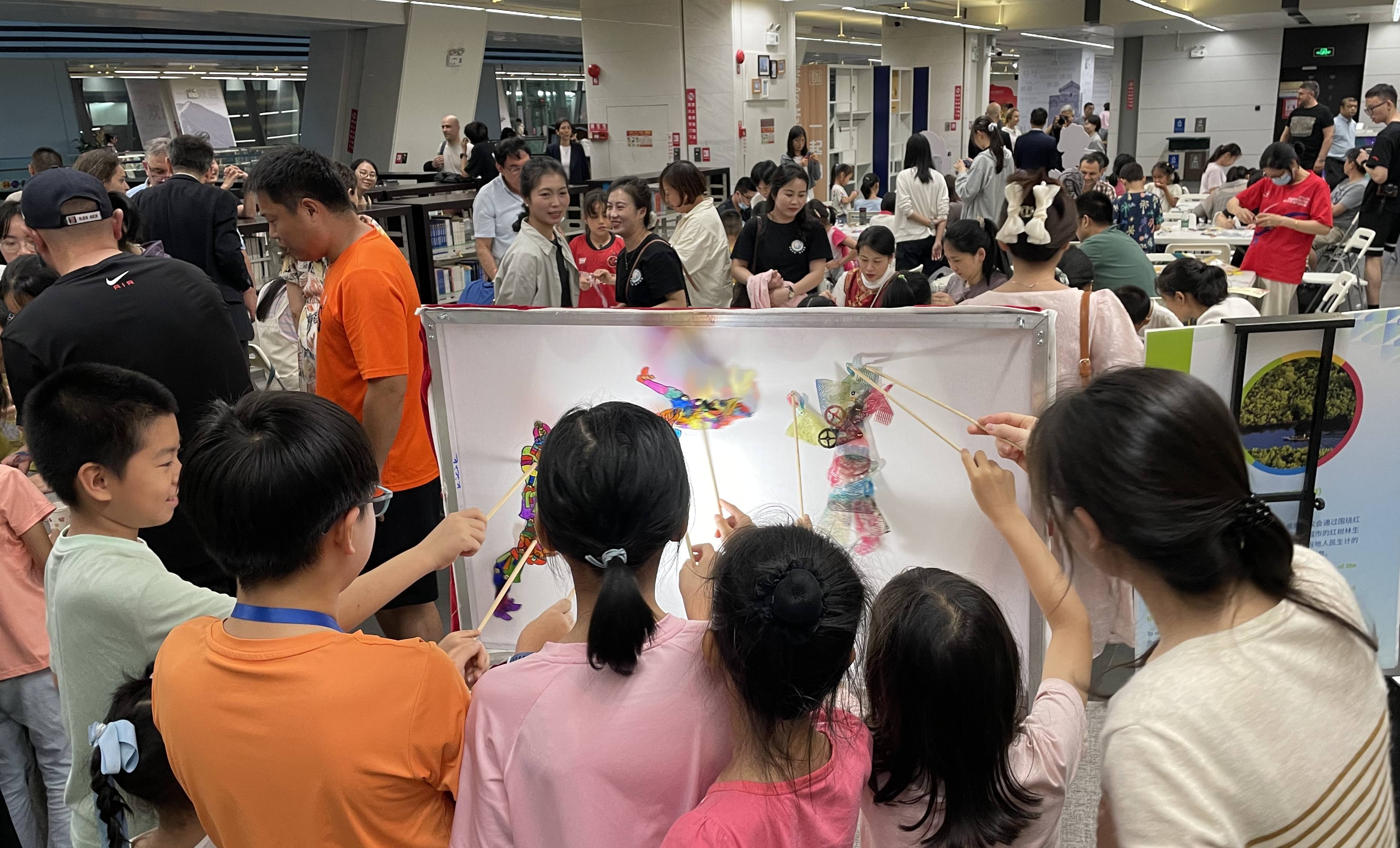
Both the Turkish Karagöz shadow play and Chinese shadow play were inscribed on the UNESCO's Representative List of the Intangible Cultural Heritage of Humanity in 2009 and 2011 respectively.
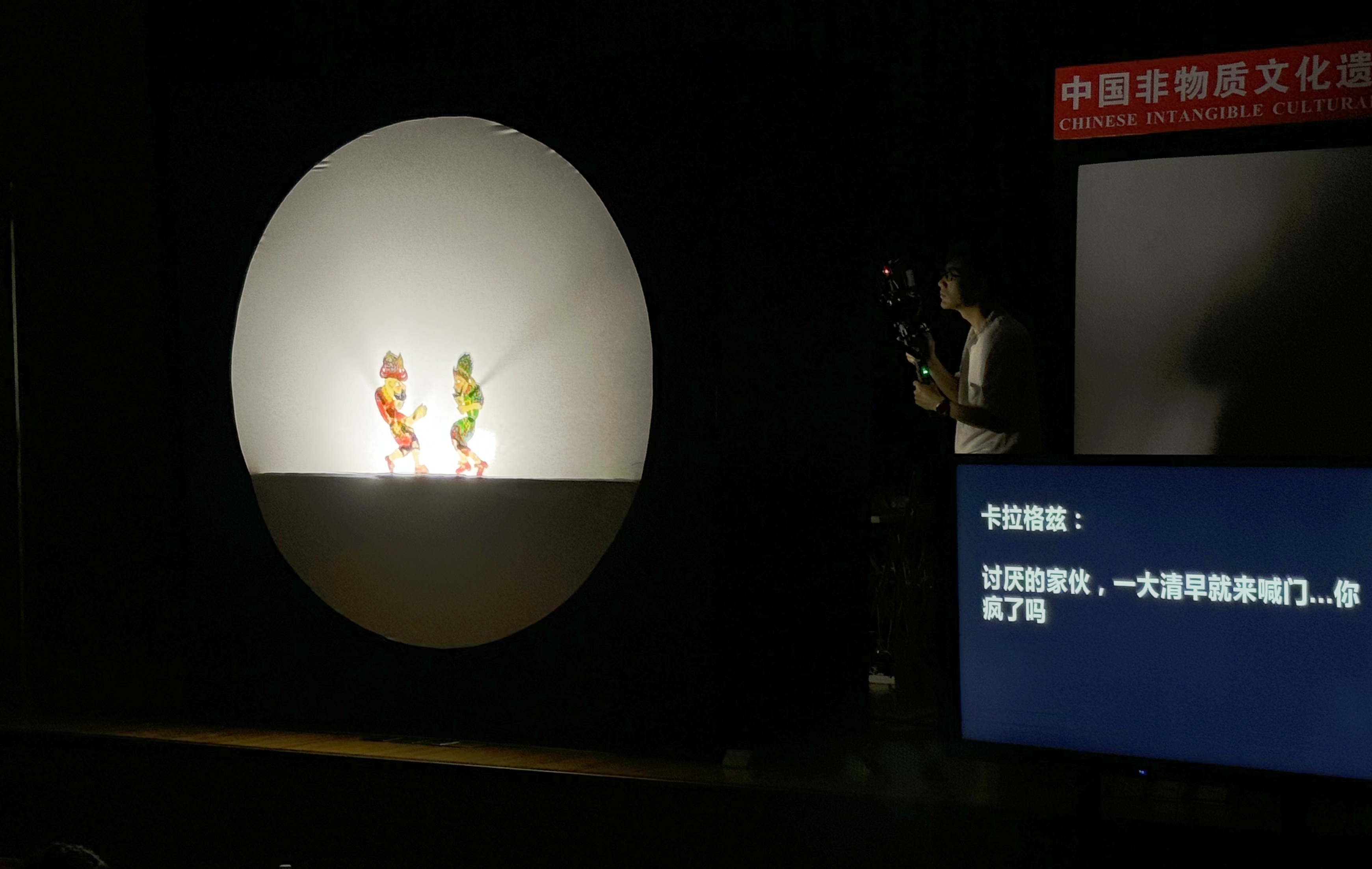
During the event, the Trabzon State Theatre from Turkey presented a culturally rich performance of Karagöz shadow play, interpreting the well-known folk tale "Magic Lamp". InTurkish shadow play, Karagöz is the central character, giving the play its alternate name.
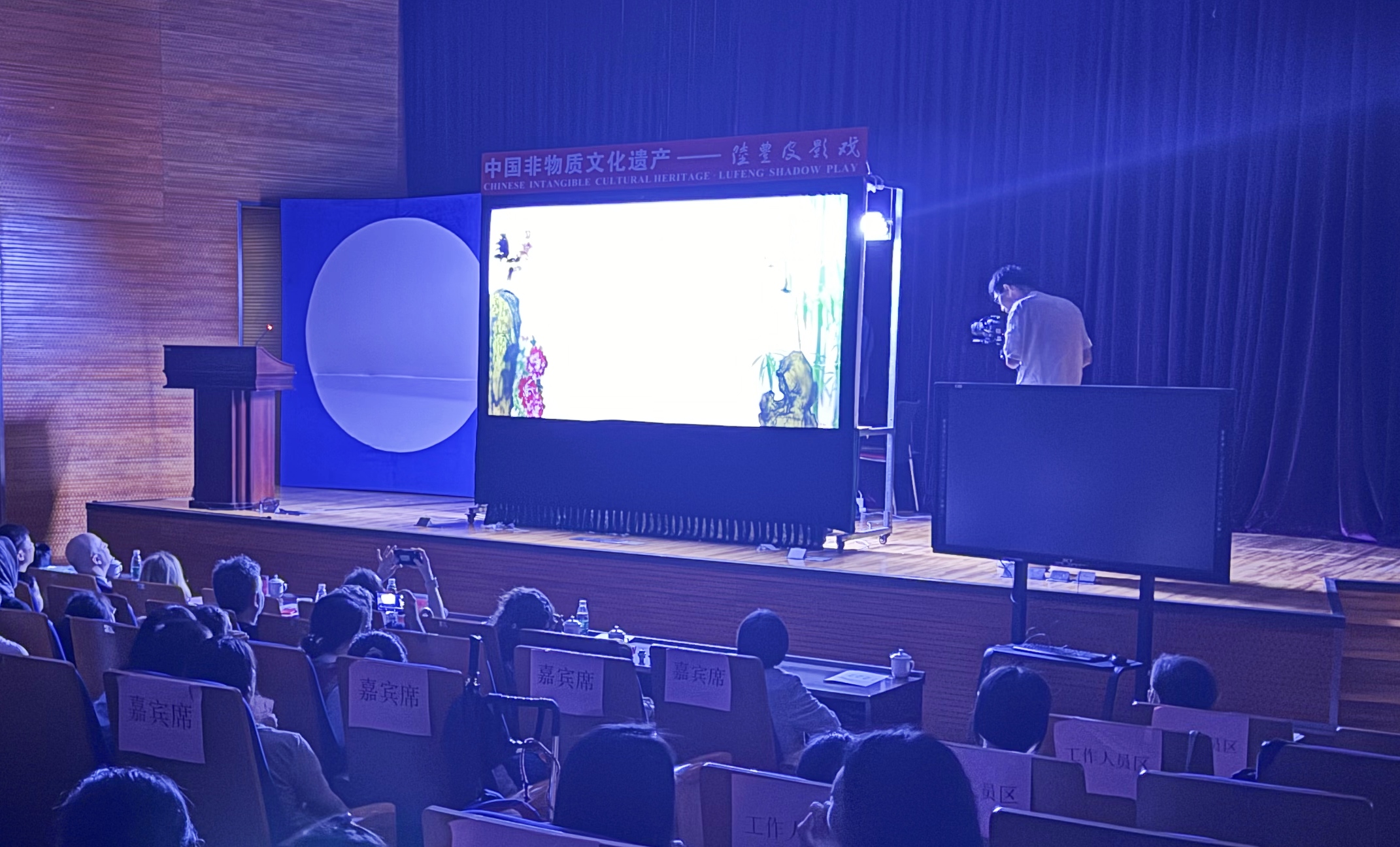
In a remarkable display of cultural exchange, the Lufeng Shadow Play Troupe from Guangdong presented a distinctly Chinese performance of the fable "Rooster Fight". Lufeng shadow play is the sole surviving lineage of the "Chaozhou shadow play", one of the three major shadow play schools in China. The play's visual elementsincorporate the form of Chinese ink wash painting, with choreography reflecting the characteristics of Chinese art.

This performance marked the first public appearance of the Turkish State Theatre in the Chinese mainland and its first collaboration with a Chinese theater troupe.
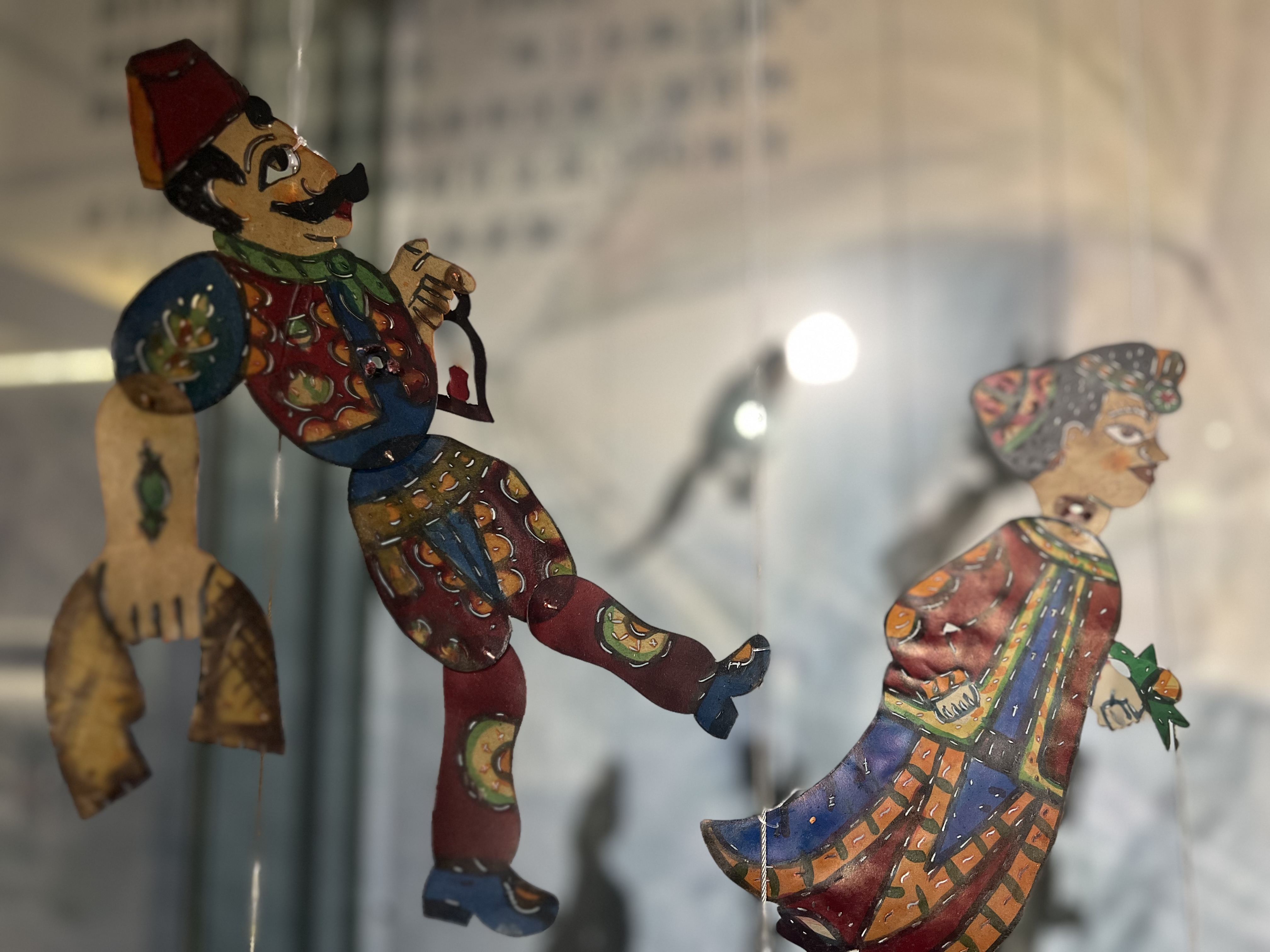
Both troupes conducted a shadow puppet workshop, where participants, under the guidance of puppeteers, engaged in drawing, coloring, shaping, and assembling to create distinct Turkish and Lufeng shadow puppet characters. Through the interaction of these puppet characters, participants experienced the art of shadow play from both China and Turkey.
At the Multicultural Hall on the eighth floor of the Guangzhou Library, visitors could explore the exhibition "Karagöz's Guangdong Adventure: Shadow Play Stories of Turkey and Lufeng", delving into the shadow play stories of the two regions and closely admiring the ancient shadow play crafts of both countries. The exhibition showcased over 20 shadow play figures from both countries, including the protagonists Karagöz and Hacivat from Turkish productions, as well as characters such as vendors, musicians, and dancers. Additionally, it featured characters from traditional Lufeng productions such as "Spring Outing","Turtle and Crane", and "Crying Pagoda".

These characters, drawn from literary works or folk tales of both countries, were crafted into shadow puppets using various techniques such as painting and carving. The exhibits showcase two distinct yet equally vivid artistic styles.
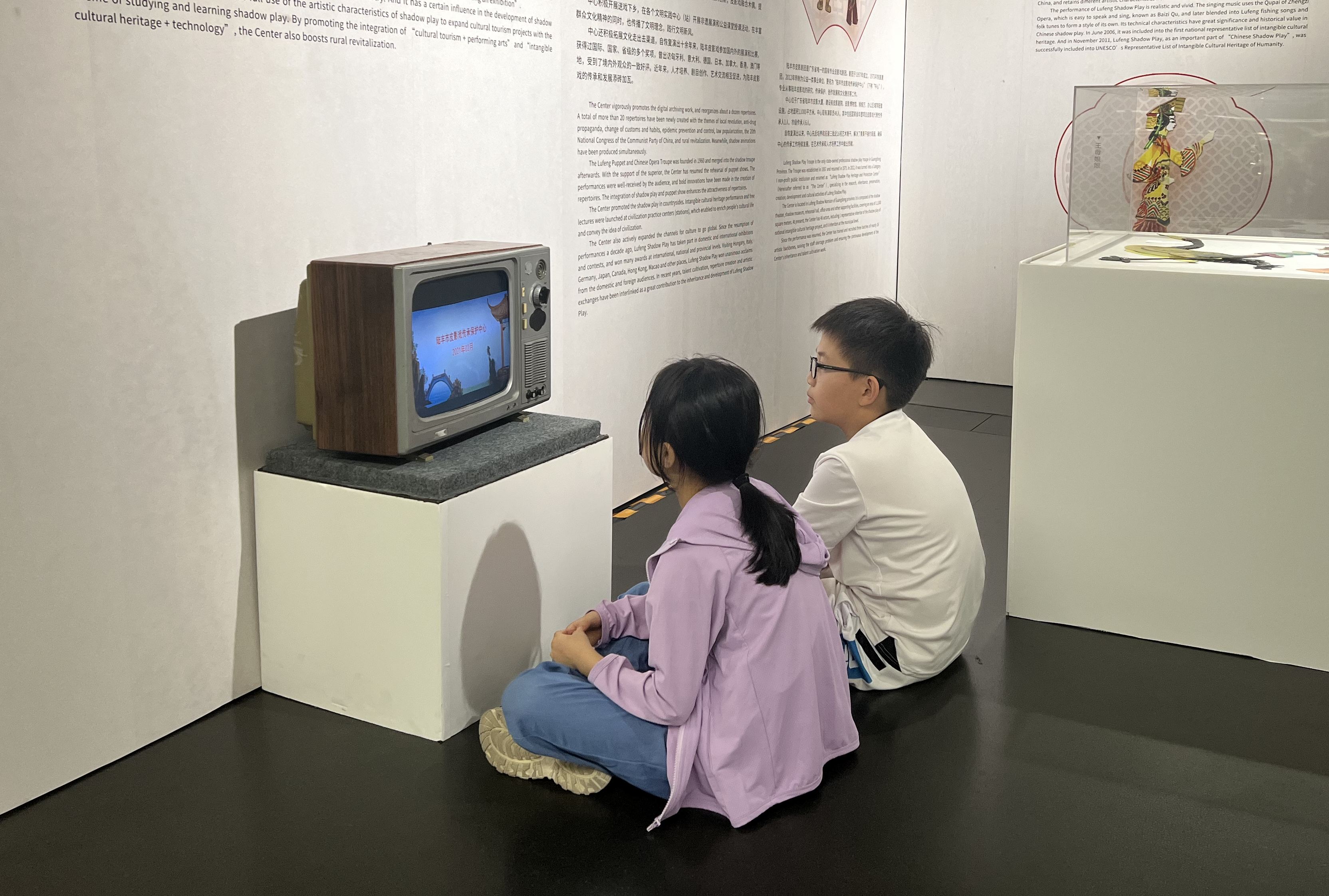
At the exhibition, visitors could immerse themselves in shadow play scenes, watch shadow play videos, and even experience puppetry firsthand using the simple stage setups provided on-site.
Source:Yangcheng Evening News
广州:土耳其皮影与广东陆丰皮影同台上演好戏
4月20日,一场别开生面的皮影戏演出在广州图书馆上演。来自土耳其的卡拉格兹皮影戏“漂洋过海”来到广东,与陆丰皮影戏展开了一场跨越5950公里的“非遗对话”。
土耳其卡拉格兹皮影戏和中国皮影戏分别于2009年和2011年入选联合国教科文组织“人类非物质文化遗产代表作名录”。
活动当日,土耳其特拉布宗国家剧院团队带来一场极富民族特色的卡拉格兹皮影戏,演绎了人们耳熟能详的民间故事——寓言剧《神灯》。在土耳其皮影戏中,卡拉格兹是整个剧情的核心人物,“卡拉格兹”也成为土耳其皮影戏的别称。
广东陆丰皮影剧团则呈现了一段极具中国风的演出——寓言剧《鸡斗》。陆丰皮影是中国三大影系“潮州影”的唯一遗存。该剧的舞美成功运用了中国水墨画的形式,动作构图均体现了中国画的特色。
此次演出,是土耳其国家剧院在中国大陆的首场公众演出,也是其第一次与中国剧团同台献艺。
在演出的同时,两地剧团还共同带来了一场皮影工作坊活动。在皮影师的指导下,读者分组完成绘图、上色、裁形、拼接等步骤,制作出各具特色的土耳其和陆丰皮影人偶,并通过人偶角色互动,体验中国和土耳其的皮影戏。
在广州图书馆北八楼多元文化馆,读者还可以通过“卡拉格兹广东奇遇记——土耳其与陆丰的皮影故事”展览,了解两地的皮影故事,近距离欣赏两国古老的皮影工艺。该展览展出了两国皮影影身20余件,包括土耳其剧目中的主角卡拉格兹(Karagöz)、哈西瓦特(Hacivat),以及经常出现的小贩、乐手、舞者等角色形象;还有陆丰传统剧目《游春》《龟与鹤》《哭塔》中的杜丽娘、鹤、梦蛟和龙的角色形象。
这些形象均来自两地的文学作品或民间传说,以不同形式的彩绘和雕刻等工艺制作出来,呈现出两种形象迥异,但同样生动的艺术风格。
在展览现场,观众可以沉浸在光影场景中,观看皮影剧目视频,还可以利用现场的简易小舞台装置,亲身体验一回“耍”皮影。
文 | 记者 黄宙辉 通讯员 姜力暄
图 | 主办方提供
翻译 | 刘佳慧
-
Drunken dragon dance: passed down generations in Zhongshan|Master's Studio
2024-04-21 23:11:54 -
Greater Bay Area lawyers provide legal services at Canton Fair for the first time
2024-04-21 23:12:29 -
China's first deep sea multi-functional scientific research and archaeological vessel launched at Nansha, Guangzhou
2024-04-21 19:36:16 -
30 diplomatic missions in Guangzhou visited Panyu
2024-04-20 23:09:19






